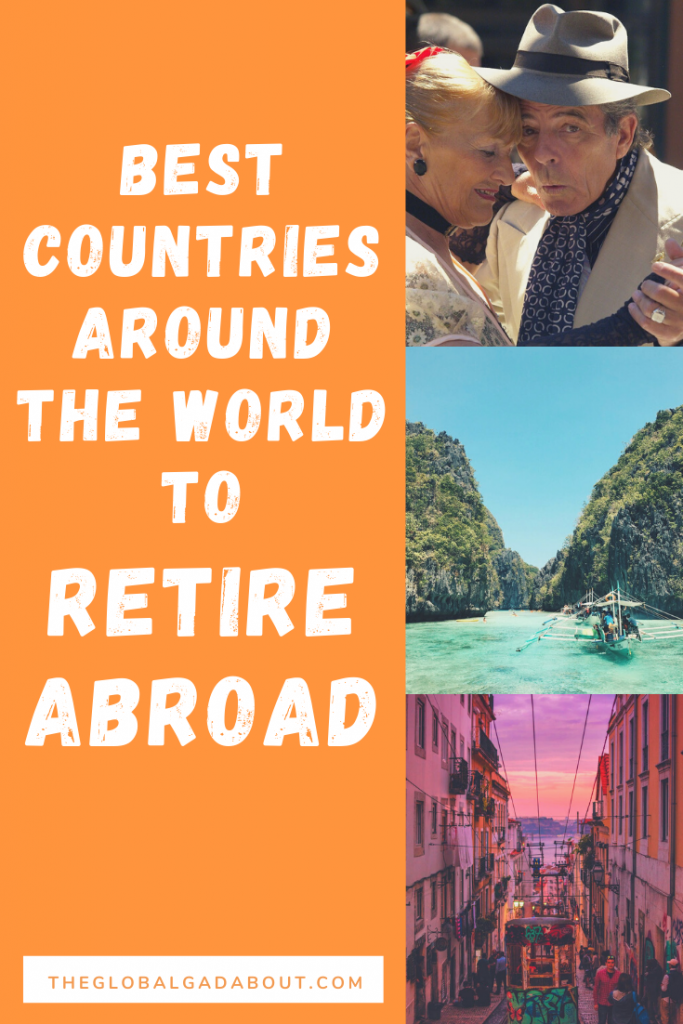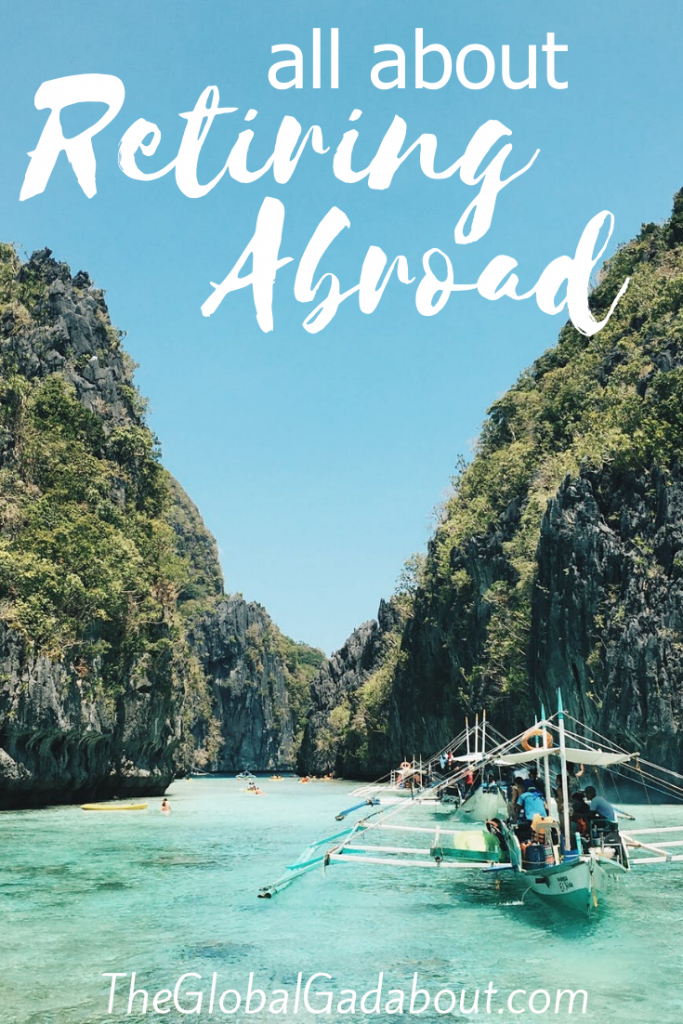If you are a retiree, nearing retirement, or just thinking about future retirement, you might want to consider retiring abroad. This entails moving to another country to live but not work (usually). It can be a permanent move or a multi-year expat adventure with the idea that you will eventually come home. Of course, it’s a big life change that may bring you far from friends and family. So what do you need to know about retiring abroad and which are the best countries to retire to?
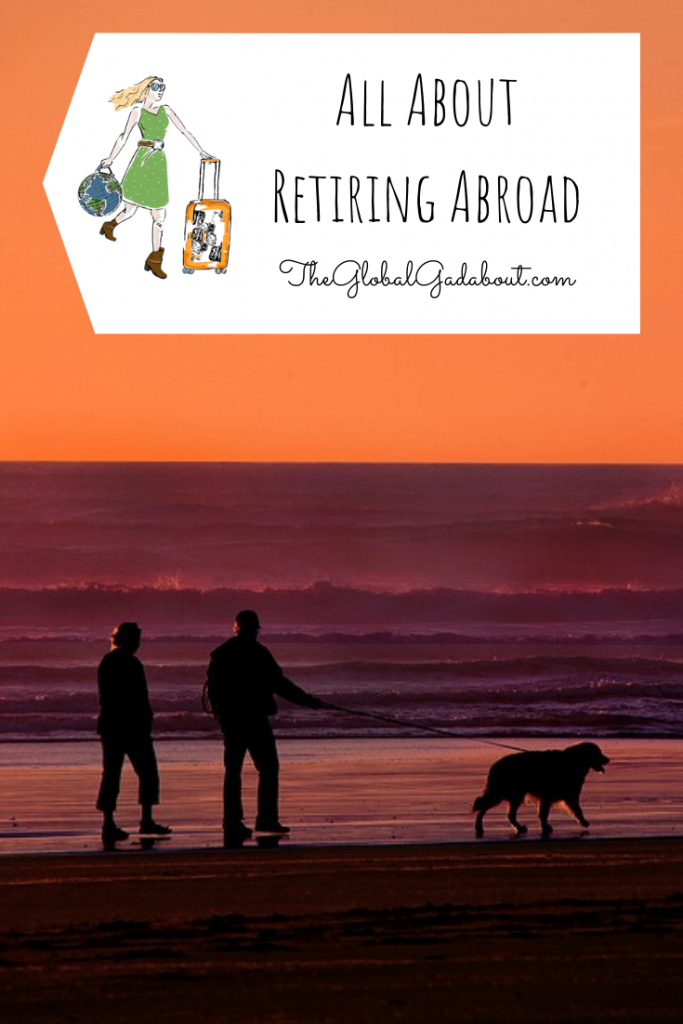
Why Retire Abroad?
There are many different reasons people choose to retire abroad. These are the top three.
New Experiences
Once you’re no longer working, you have more time for fun and adventure. Moving abroad can be a great opportunity to explore new cultures and beautiful places.

Save Money
Of course, there are plenty of amazing places to retire where the cost of living is the same or even higher than what you might be used to. However, if you come from a relatively wealthy country, there are many lovely places that have a much lower cost of living with the same or nicer amenities. Your money may go a lot further in a foreign country. This means perhaps you can afford a nicer place and more activities than at home. Or perhaps your savings will actually last the rest of your years without worry. You might even choose to retire earlier than most since you can afford to as an expat. Medical care may also be cheaper in these retiree-friendly countries, which can be a big savings. Financial matters certainly are a large factor for those considering retiring abroad.
Climate
Many retirees are looking for low-maintenance, constant-summer weather conditions. Or at least a temperate climate without extreme highs or lows. It’s easier to deal with overall. Plus, living in a country with warmer weather is often better for the lungs and joints, so it’s also a health consideration. Most countries popular with retirees fit these climate parameters.
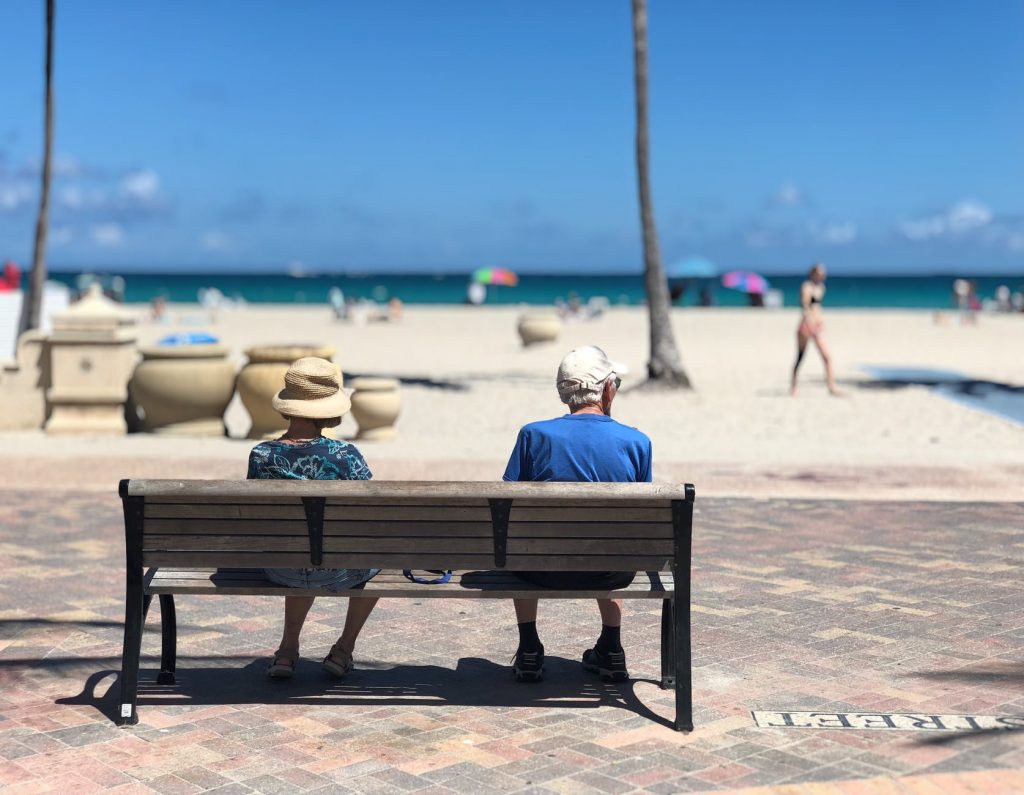
Do You Need a Visa to Retire Abroad?
This depends a lot on where you retire to, how long you intend to stay there and if you are willing to put a little effort. You may be able to get away with a tourist visa or visa-free entry. Check out my post on Countries with the Longest Tourist Visas to find out places you can stay long-term as a tourist. In some of these countries, when your tourist visa is about to expire, you simply need to leave the country for a few hours. Then you can re-enter and get a new tourist visa. This just means you have to make a “visa run” every 6 months, year, however long the tourist visa in that country is valid for. You can pretty easily time this with a weekend vacation to a bordering country or maybe a trip home to visit family and friends. In some countries, however, tourist visas are either too short to make visa runs convenient or they don’t allow immediate renewal. For those countries, you will need to get either a Retirement Visa or a Residency Visa to stay long-term. If you have some wealth to invest, an Investment Visa may also be an option.

Standard Retirement Visa Requirements
In order to be granted many Retirement or Residency Visas, there are some basic requirements you must meet. You will most likely have to prove a steady income above a certain amount. This can come from social security, a pension, or investments as long as it’s regular and enough to support you in your chosen country. Medical insurance and/or a health check is another common requirement. You may also need to supply proof you don’t have a criminal record. Occasionally, you may need to make a local investment or at least deposit a certain amount of money in a local bank. These visas are typically valid for a year or two. Then you must either renew the visa you have or apply for a different type of visa (temporary to permanent resident, for example).
Before Finalizing Where to Retire
- Take a long vacation there (I’m talking months) to determine if you could really live there long-term.
- Check residency requirements and how your visa may change the longer you live there.
- Especially if you want to buy property, research rules of foreign ownership. It may be too difficult to be worth it or even impossible in some countries.
- Research health care and find out what you are eligible for as a foreigner. You probably can’t rely on your home health care plan while abroad. Determine if you will need additional insurance, if it’s affordable enough to pay out of pocket, or if you are eligible for universal health coverage, if available in your chosen country.
Remember…
- Unless you renounce your citizenship, you probably still have to pay taxes in your home country. You may also be required to pay taxes in the country to choose to live.
- On the other hand, you can leave assets & investments in your home country where they may earn more.
- Not everywhere is right for everyone. Determine what factors are most important to you and focus on countries that offer those.

Best Countries to Retire To
Based on the ease of getting a visa, the visa benefits, cost of living, amenities, infrastructure, political stability, weather, health care, and expat community, here are my top picks for where you should consider retiring to.
Panama
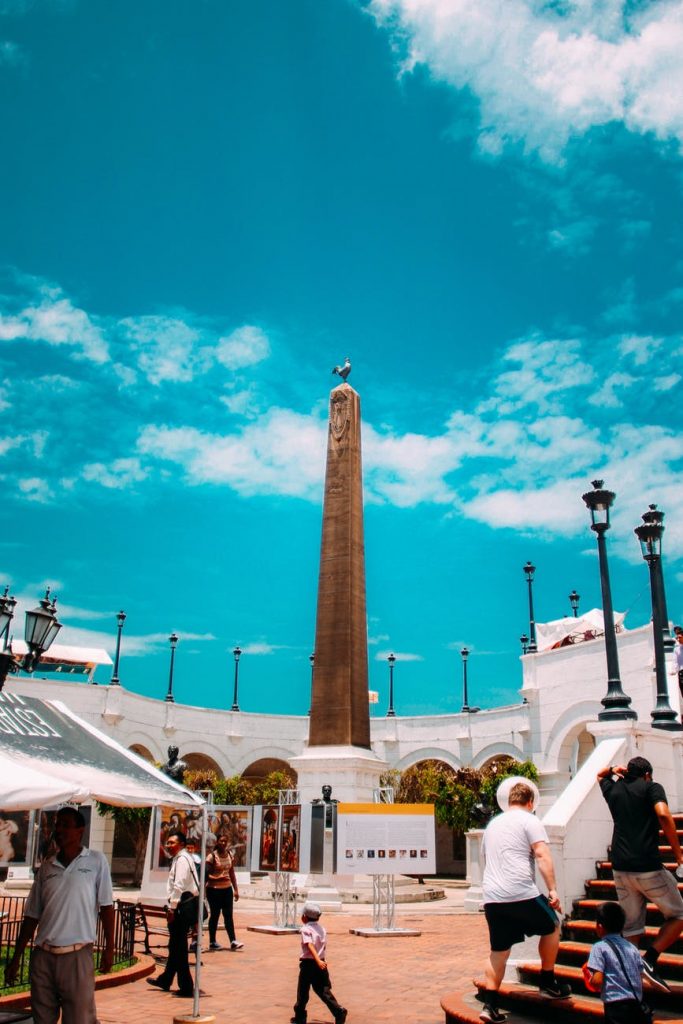
With beautiful beaches and mountains, the cost of living in Panama is about half that of the United States. Plus, they offer retirees quite a few benefits, including discounts on many regular expenses and tax exemptions for bringing in your existing household goods and/or vehicle(s). Technically, you only need to be 18 to get “retiree resident” status but you must have a monthly pension of over US$1000 and use a Panamanian lawyer to process your visa.
Ecuador
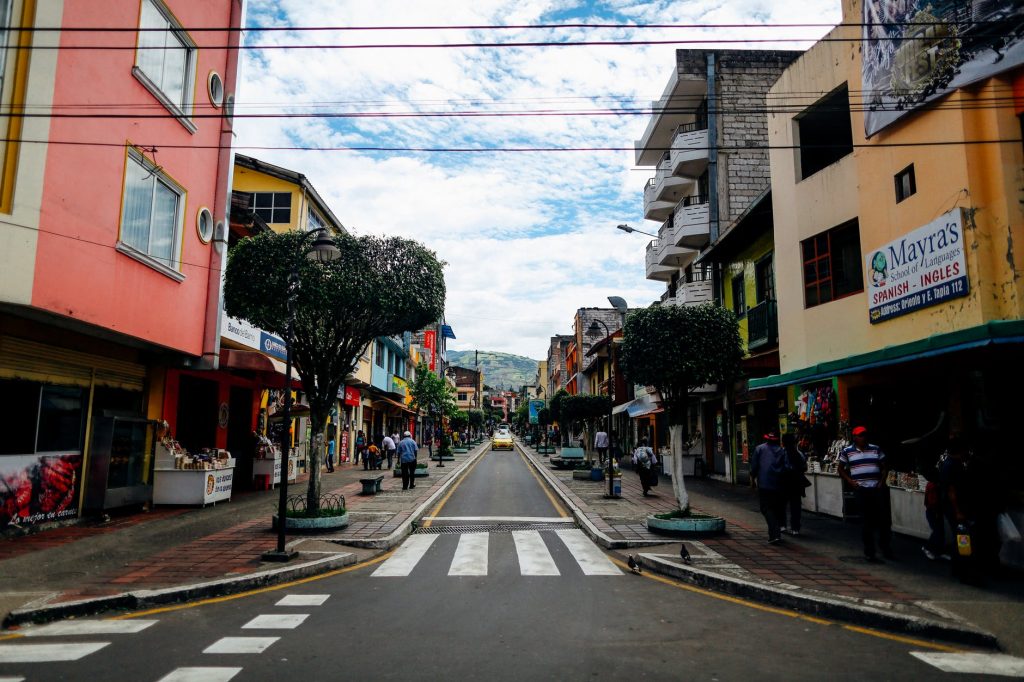
Ecuador offers a lovely landscape and climate (not too hot, not too cold) with a low cost of living. They also offer retirees certain discounts and tax benefits. Health care house calls are common and inexpensive. You must have a stable monthly income of US$800 or more to qualify. Be aware, though, you must spend at least 9 months of the year in Ecuador your first two years in order to maintain your visa.
Costa Rica
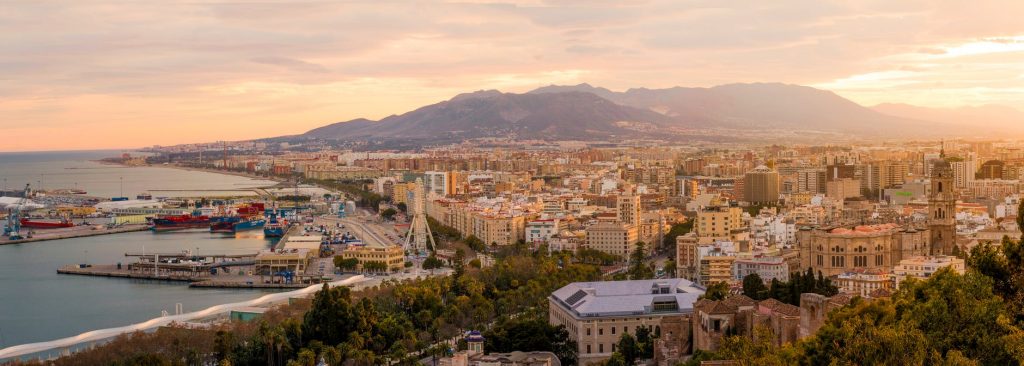
With great health care and amenities, the cost of living in Costa Rica is 25-50% lower than the US. Just like Panama, you only need any monthly pension of US$1000 or greater to become a temporary resident, with no minimum age.
Mexico
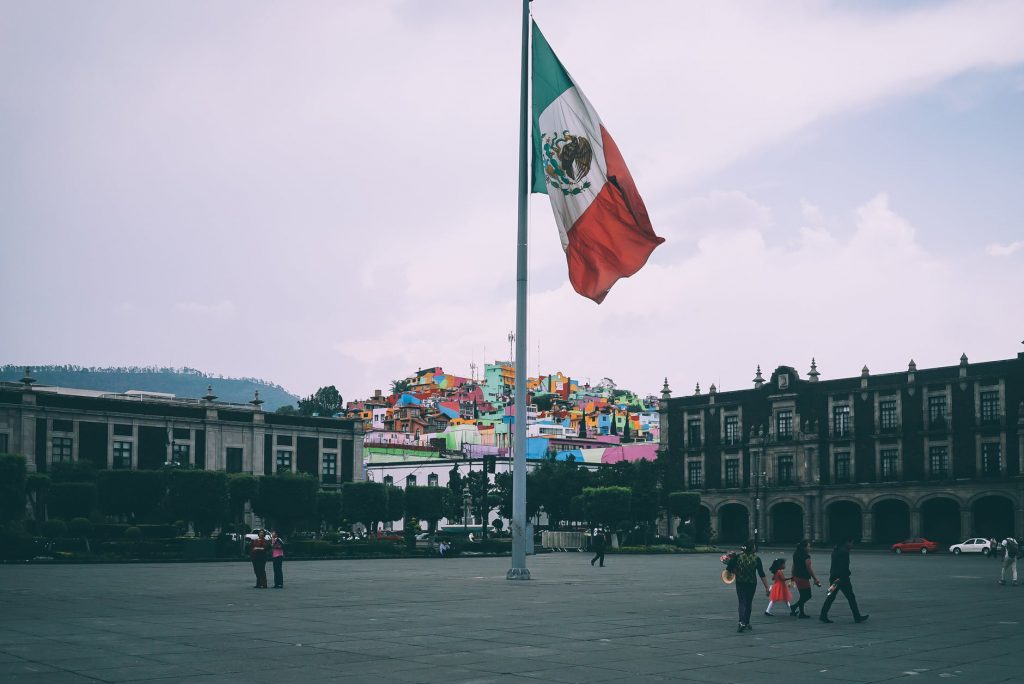
Mexico is lovely, with a low cost of living and good health care. It is an especially convenient move for Americans and relatively easy to become a temporary and then permanent resident. You must have a monthly income of over US$1000 to become a temporary resident. This 1-year visa can be renewed for 1, 2 or 3 years, for a total of 4. Then you must become a permanent resident or leave. Some areas are safer than others, so choose where in Mexico you live carefully.
Colombia
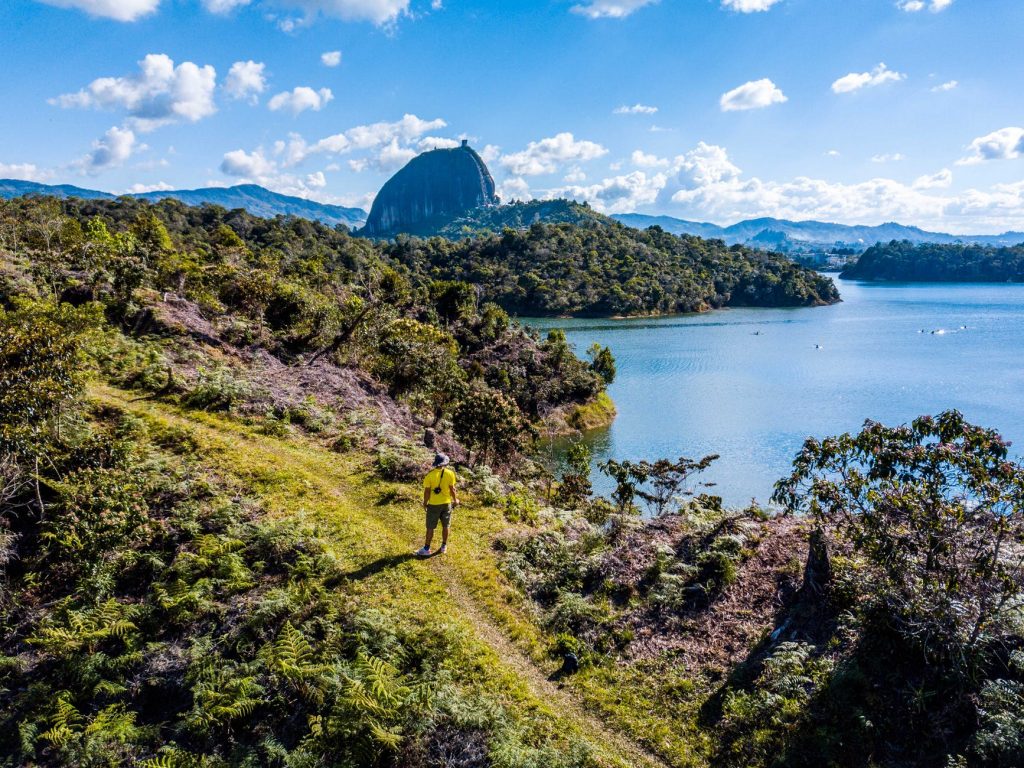
Colombia is a very biodiverse country with lots of modern amenities and a low cost of living. It also has one of the lowest monthly income requirements for its retirement (pensionado) visa. You have to prove you earn three times the local minimum salary. Currently, that translates to around US$700 per month.
Portugal

Portugal is one of the more affordable European countries. Plus, it has a warm, Mediterranean climate, good health care, and lots of charm. You will need to prove funds of around 40 euros per day (approximately US$1300 per month). First, you apply for a 6-month visa. Once you arrive in Portugal, you must visit a local office to apply to convert this to a permanent resident permit.
Argentina

Argentina is a large, environmentally and culturally diverse country with a cost of living up to 70% lower than the US. If you can prove you are retired with a monthly income of around US$2000 per month you can get a Retirement Visa. Even if you aren’t technically “retired”, you can also get a Steady Income Visa with about US$2500 per month. For both visas, you must also have around US$5000 in the bank.
Malaysia

The cost of living in this beautiful Asian country is about half that of the US. It has a hot climate and diverse culture. The MM2H visa (Malaysia My Second Home) is valid for 10 years. You do have to have quite a bit of liquid assets and about US$2300 monthly income to take advantage, however.
Malta
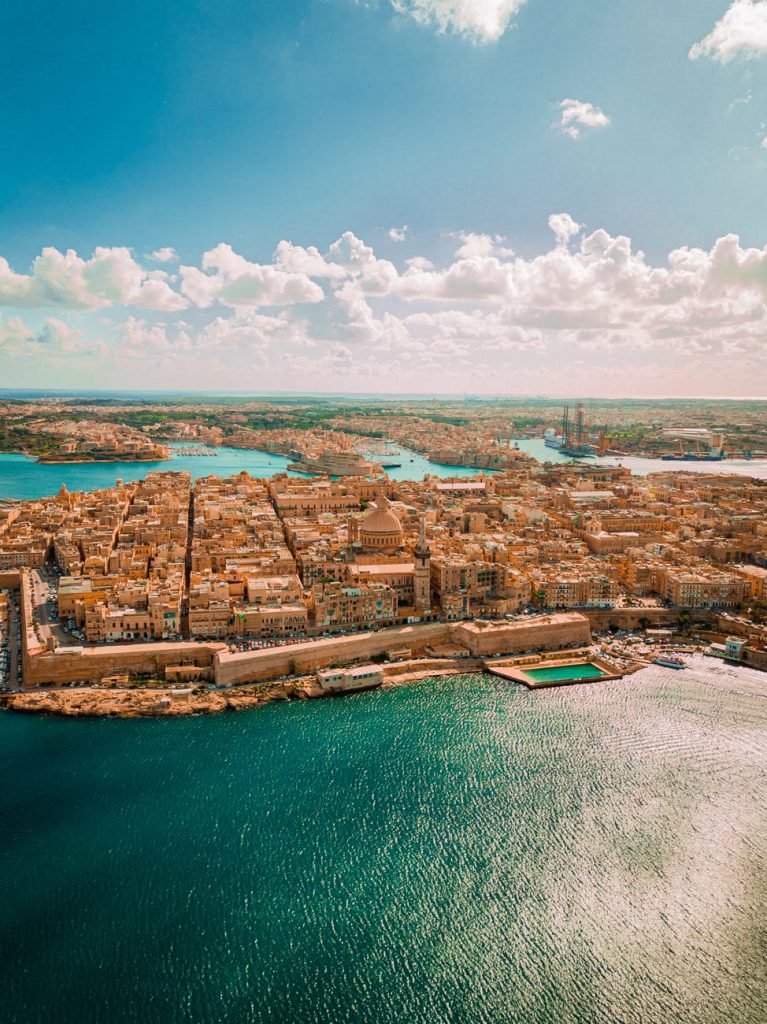
Malta is another more affordable European option. This island nation in the Mediterranean is known for a slower pace of life. There’s good health care, infrastructure, and many discounts for seniors. If you have a net worth of over US$350,000 or a US$25,000 annual income, you can apply for a renewable one-year Maltese residency that can become permanent after 5 years.
Chile
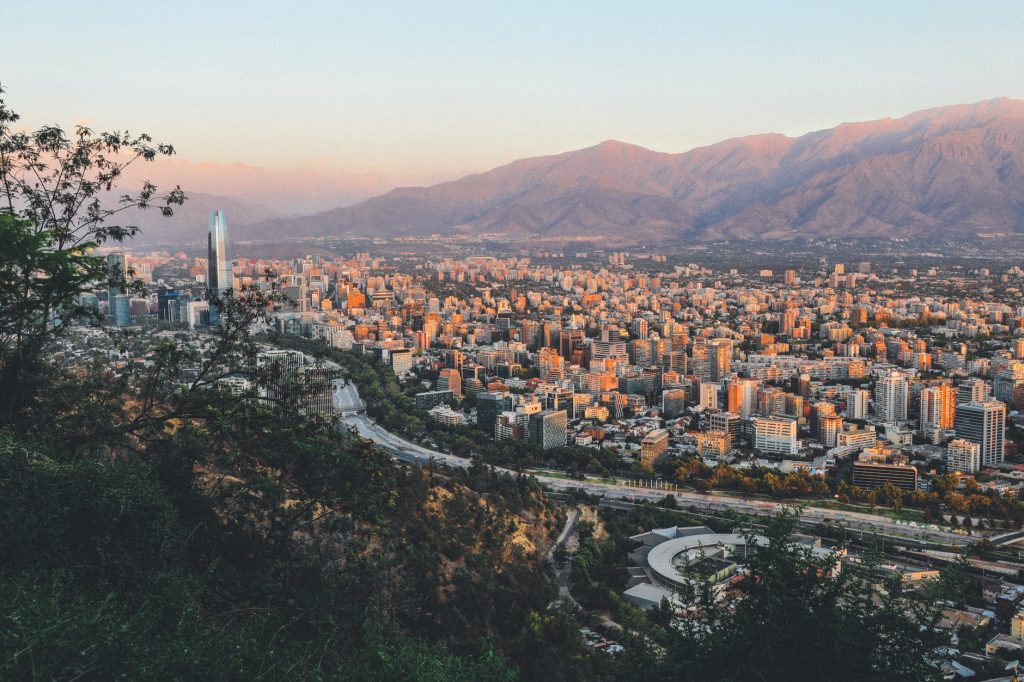
Chile is another biodiverse, stable South American country with good health care and many expats in the big cities. You can get a year-long Retirement or Income Visa at any age if you can prove a monthly income sufficient to support yourself in the Chilean city or town of your choice. After that year, you can apply for permanent residency if you still meet the requirements and have spent at least 6 months living in Chile.
The Philippines

The Philippines is another warm, beautiful Asian country that is relatively easy to retire to with a low cost of living. In order to get a Special Resident Retiree’s Visa (SRRV), you must be over 50 years old. If you have a regular monthly income, you must also deposit US$10,000 in a Philippino bank. Those without a regular income must deposit $20,000. There is affordable, modern health care available but only in bigger cities.
Related Posts:
- Countries with the Longest Tourist Visas for US Citizens
- How I Travel Cheaper Than You Live
- 5 Ways to Study Abroad at Any Age
- The Schengen Agreement: Understanding Europe’s Largest Visa Zone
- 5 Cheap & Easy Countries to Get Permanent Residency
Want more from The Global Gadabout? Sign up for the newsletter and get access to exclusive printable freebies!
Pin this post for later!
